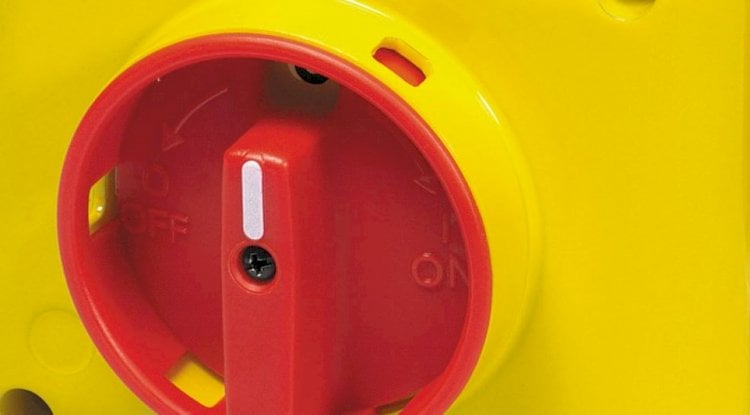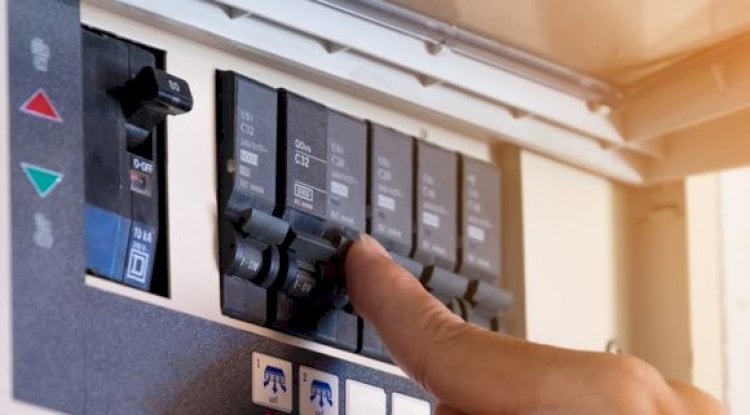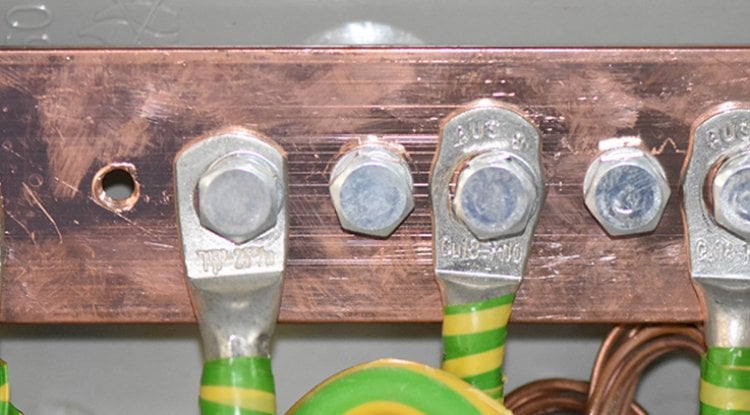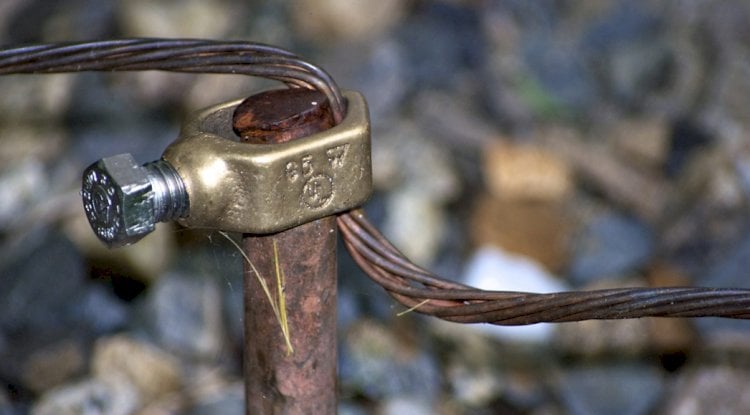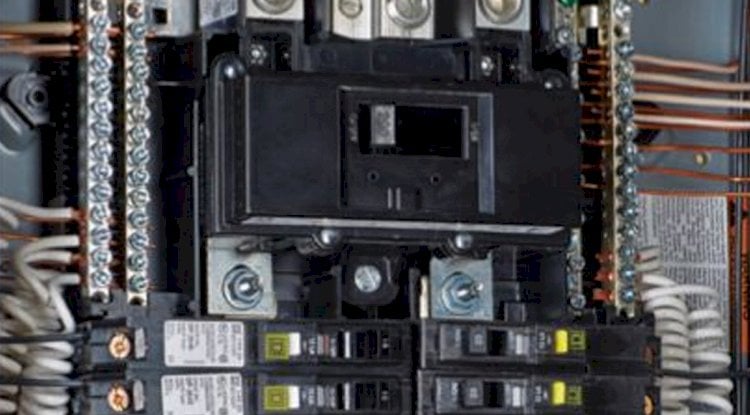Greg Asked:
When is it necessary to put a disconnect switch in a residence with a 100, 200 amps? and where do you ground it to? a rod water pipes or just to the panel?
Our Answer:
Since the very first National Electric Code (NEC) NFPA 70 was written, over a hundred years ago, there has been a requirement for completely disconnecting the power coming into a building. This is called a “Service Disconnect” by the NEC. Back then, the code writers believed that the power should be turned off by the last person leaving the building and as such required service disconnects installed with easy access. For most homes today the service disconnecting means is via the circuit breakers in the electrical panel, and it is unusual (and even discouraged) to turn off the Circuit Breakers (CB) on a regular basis. Modern circuit breakers are simply not designed for regular on/off use like a light bulb switch.
A modern trend in the electrical industry is to install Electrical Service Safety Switches. These are throw-switches that physically disconnect ALL of the incoming utility power conductors, and is often above the utility meter so that the electrical panel itself can be deenergized. The National Electrical Code (NEC) NFPA 70 does NOT require these safety disconnects for systems less that 600-volts. However, many local governments have begun mandating their use on every new installation, including for single residential family dwellings. You will have to check local building codes. Most municipalities prefer that the safety disconnect be installed outside, however the NEC allows for both internal or external installations. Obviously, you can’t go wrong by installing a safety disconnect switch.
In regards to your second question, “what do you ground the panel to”, the answer is two (2) ground rods (grounding electrodes). The 2011 Edition of the National Electrical Code (NEC) NFPA 70, has made some significant changes in the requirements for grounding electrodes. The new provisions now require you to install grounding rod(s) for all new electrical services. You can install a single rod, but you must measure the resistance-to-ground of the rod. If the grounding rod is under 25-ohms, you only need the one rod. If it is over, you must install a second ground rod at least 6-ft away (we recommend 2-times the length of the rod). Most municipalities are simply requiring the two (2) grounding rods as few electricians have the proper test equipment to measure resistance-to-ground.
You must also bond to water pipe, building steel, etc. just as in previous versions of the National Electrical Code. This is a safety requirement to ensure that there are no hazardous differences in potential, you just can’t use these other systems as your sole grounding electrodes. Also, you must install the grounding rods in accordance to NEC Article 250 requirements. This means that you must have at least 8-feet of ground rod in direct contact with the earth and installed at a maximum 45-degree angle. You may also be required to install the top of the grounding rod below frost-line or 18-inches, whichever is deeper.
E&S Grounding recommends the NEC 2011 Handbook – NFPA 70: National Electrical Code. It has a series of excellent illustrations and common-language explanations of the code.
The Engineering Experts at E&S Grounding Solutions

